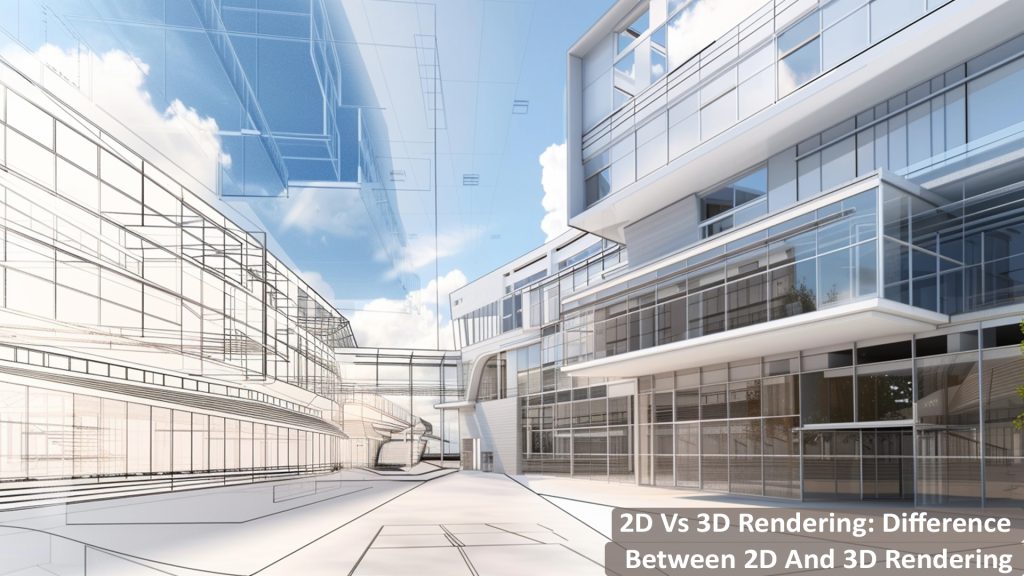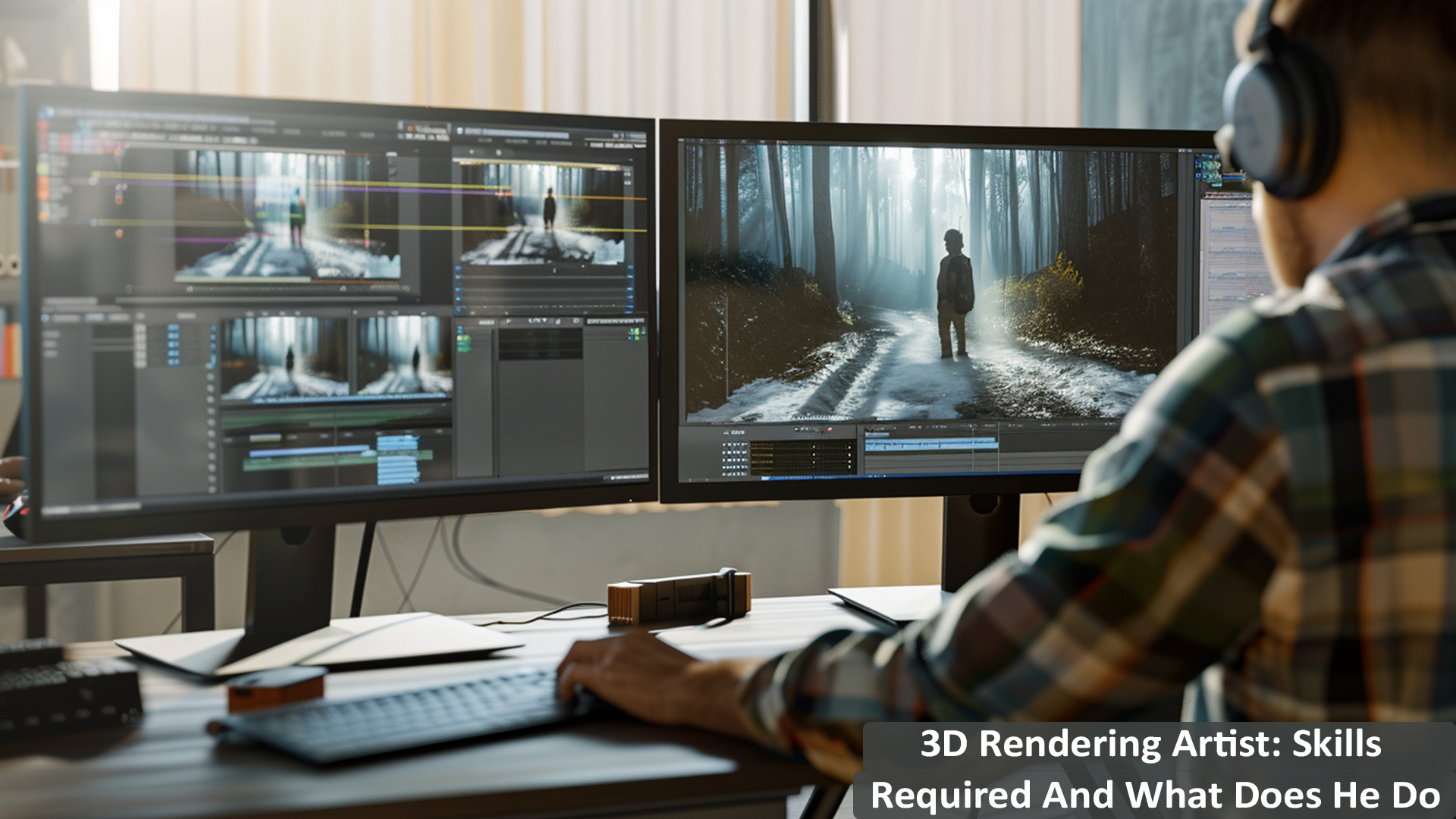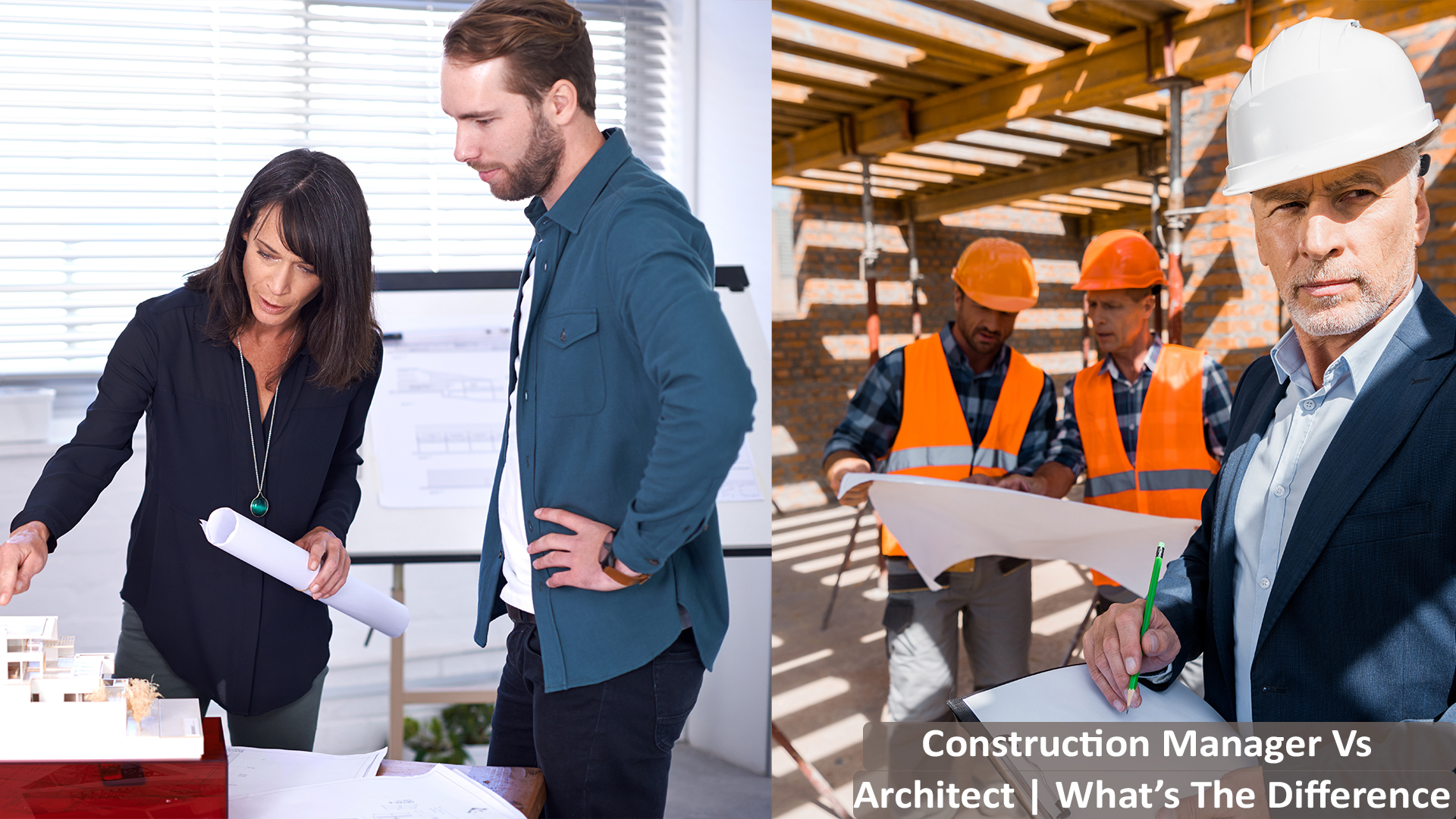2D Vs 3D Rendering – Advancements in technology have made visualization of future construction projects much easier. 2D and 3D renderings are based on similar concepts and are extremely helpful in communicating the design ideas to the stakeholders. While they allow the architect to present their ideas and visualize the project, they offer different outputs. Here we are stating the key differences between these two techniques 2D Vs 3D rendering that will help you finalize the best one for your project.
2D Vs 3D Rendering: Difference Between 2D and 3D Rendering
Below our rendering company has compiled differences between 2D and 3D, this will help you pick the best suitable architectural rendering technique. Let’s get started.
| Aspect | 2D Rendering | 3D Rendering |
| Definition | 2D Rendering or visualization enables depicting a 3D project in 2D. In other words, it has only an X-axis (length) and a Y-axis (breadth). It is made by using perpendicular, straight, and symmetrical lines. It is just like projecting on a flat surface. | 3D rendering offers a 3-dimensional visualization of the project, usually interior or exterior. It is based on mathematics and different camera angles. It gives a comprehensive, photorealistic view and includes the length, breadth, and height of the proposed space. |
| Speed & Time | Due to the lesser complexity involved, 2D renderings take less time and processes to get ready as compared to 3D drawings. You can expect a 2D floor plan to be ready within 3-5 days. | Due to the involvement of more intricate processes, more time is required to create and build the designs using dedicated rendering software. A lot of steps are involved such as modeling, texturing, colouring, lighting, and setting camera angle etc., |
| Complexity | 2D images are unrealistic and do not require in-depth detailing. The information displayed is made according to a scale on the room’s dimensions. Simple features of a room such as windows, doors, and staircase form the highlight of the room in 2D. | In 3D, even the minor elements of the room need to be precisely detailed in the view. Everything should be in accurate proportions. Rough estimates do not have any scope in this type of rendering. You must be aware of the exact elements when you plan to go for a 3D rendering service. |
| Cost | Due to simple design and short production time, the cost of 2D renderings is less than that of 3D. Most of the rendering professionals charge fixed prices for the rendering or they may charge on an hourly basis. | 3D renderings require more effort, time, and materials. Therefore, they are more expensive than 2D. Also, it depends on the format availed like the cost of an animation would be higher than that of a still render because it involves more complexity, deeper understanding, and precision. The cost of renders that need urgent delivery will be higher than the normal ones. |
| Perspective | 2D renderings are done on a flat surface that includes symmetry and straight lines which make it difficult to rotate. The user can view only from one angle. You cannot look at the other side. | 3D renderings are based on mathematics and projection from camera angles. You can view the image from any angle, rotate it, and zoom in/out the render easily. |
| The creation Process | 2D rendering typically involves drafting tools or software to create the layout, with emphasis on two-dimensional shapes, symmetry, lines, and measurements. | 3D rendering includes modeling the objects and environments in a three-dimensional space using specialized software, incorporating textures, lighting, and camera angles for realistic portrayal. |
| Ease of change | 2D renderings may require less effort to make changes as they involve simpler geometries and representations. | 3D renderings can be more complex to alter, especially if significant changes to the model or environment are required. You need to use the most advanced software available on the market to make the rendering process easier and speedier. |
| software | Common software for 2D rendering includes CAD (Computer-Aided Design) software, Adobe Illustrator, or even simple drawing tools like Microsoft Paint. | 3D architectural rendering typically involves specialized software such as Blender, Lumion, Twinmotion, 3ds Max, or SketchUp, which are designed specifically for creating and manipulating three-dimensional models. |
| Accuracy | Two-dimensional architectural visualization gives an accurate picture in only length and breadth. They lack the perception of depth. | 3D renderings are life-like representations that give an accurate and precise detailing of the space that help in better understanding of spatial relationships, flaw identification, cost estimation etc., |
| Use Cases | 2D renderings find applications in architectural floor plans, schematic diagrams, technical illustrations, concept art, storyboards, graphic design, presentations, and user interfaces. They offer simplified visual representations suitable for planning, communication, and documentation purposes. | 3D renderings are extensively used in architectural visualization, interior design, product design, video game development, animations, VR experiences, and other commercial simulations. They provide immersive representations of spaces, products, and environments, allowing stakeholders to visualize projects before construction or production begins. |
| Knowledge Required | 2D visualizers need to be proficient in 2D illustration techniques, storyboarding, animation principles, and graphic design software. They should be able to develop storyboards and create models, illustrations, and drawings according to the client’s requirements. | A 3D visualizer should have a deep understanding of 3D modeling techniques, CAD software proficiency, animation principles, texturing, lighting, and project supervision. He/she should be able to create photorealistic animations, stills and visuals for interior, exterior, landscape and other projects. Familiarity with post-production processes would be an added advantage. |
Which is the perfect option 2D or 3D?
While both 2D and 3D renderings serve as an ideal option for architectural visualization, there are certain other factors that you may consider that will help you decide the perfect one for you. If you’re able to understand geometry better than mathematics, go for 2D renderings. And, if you want to know more about space or have a sound understanding of spatial relationships then 3D serves as an excellent rendering choice.
Secondly, the choice depends on your clients. If your clients are happy and impressed with your designs in 3D and gain better clarity on the project, 3D visualization is the ultimate option. This will not only boost client satisfaction but dramatically improve your brand image as well. If your client is a traditionalist and is looking for a classic representation of designs, opt for 2D renderings. But, if a client is on a deadline or has a love for realism, 3D architectural visualization will help you convert your lead.
The Bottom Line
This is all about 2D Vs 3D rendering and we hope that this in-depth comparison between 2D and 3D rendering will help zero in on the perfect fit for your project. Whatever you choose, rendering plays a crucial role before starting the construction by offering a realistic representation of the proposed building. We, at Renderspoint, help craft beautiful 3D rendering experiences for your designs. Contact us at sayhello@renderspoint.com. to learn more about our services.








